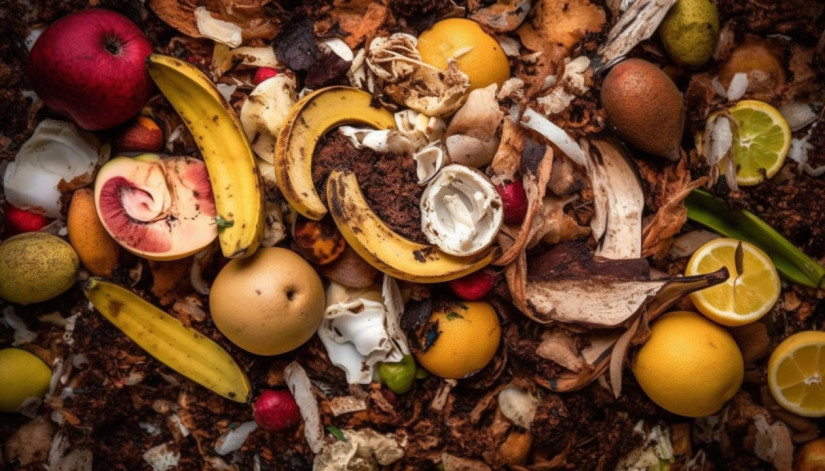
Driven by concern for the accumulation of organic waste, Rachael Tiono and her colleagues from the UGM Faculty of Dentistry processed peels from fruits and plants such as baby pacitan orange peel, horn banana peel, red dragon fruit peel, honeydew melon peel, and lemongrass leaves, into eco-enzymes for mouth ulcer medication.
The team comprises Salsabila Kuswantoro, Caroline Tannesa, Risa Alvina Tania, and Aracely Evina Purnomo, with Dr. Alma Linggar Jonarta from the Department of Oral Biology as their mentor.
Tiono explained that the idea came when they met with the eco-enzyme community in Sleman, centered at Panti Nugroho Sleman Hospital in Yogyakarta.
“In that community, we learned how to make eco-enzymes and their utilization,” said Tiono in her statement to reporters on Monday (November 13).
Fruit peels contain beneficial substances that help metabolic and enzymatic processes in wound healing, stimulate cell regeneration in wound healing, and provide a fresh aroma.
Although there is no scientific research yet on eco-enzymes in the human body, its content includes essential elements such as sodium, chloride, calcium, magnesium, zinc, and others that can accelerate healing.
The students then conducted laboratory-scale research using the Eco Enzyme Patch (P-Eco) for mouth ulcer wounds in experimental animals.
The research aimed to determine the patch’s efficacy for healing mouth ulcer wounds in rats based on the number of inflammatory cells.
“The mouth ulcer wound model was created on the lower lip of the rat, then the eco-enzyme patch was applied to the wound,” she said.
After a few days, samples from the former mouth ulcer wounds were prepared for histological observation using a microscope. The results showed that the eco-enzyme patch could reduce the number of inflammatory cells.
“The P-Eco Patch can significantly help heal mouth ulcers by providing protection from friction during the chewing process, allowing cells to regenerate and trigger healing,” she explained.
In addition, the P-Eco Patch can also enhance the drug’s efficacy, minimize the frequency of administration, and have a suitable dose for each use.
“Thus, it is expected that the mouth ulcer healing will be faster,” she added.
Although this research is still in the early stages and has only been applied to experimental animals, a gradual and comprehensive research process is needed to ensure that the eco-enzyme patch has the expected effects and is safe for human use.
Author: Gusti Grehenson
Image: Freepik

